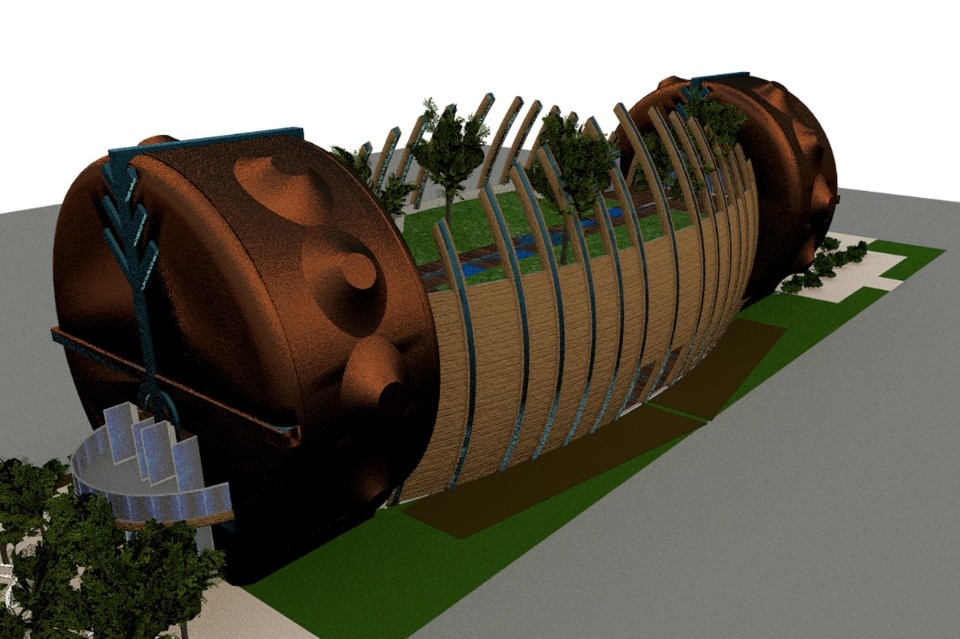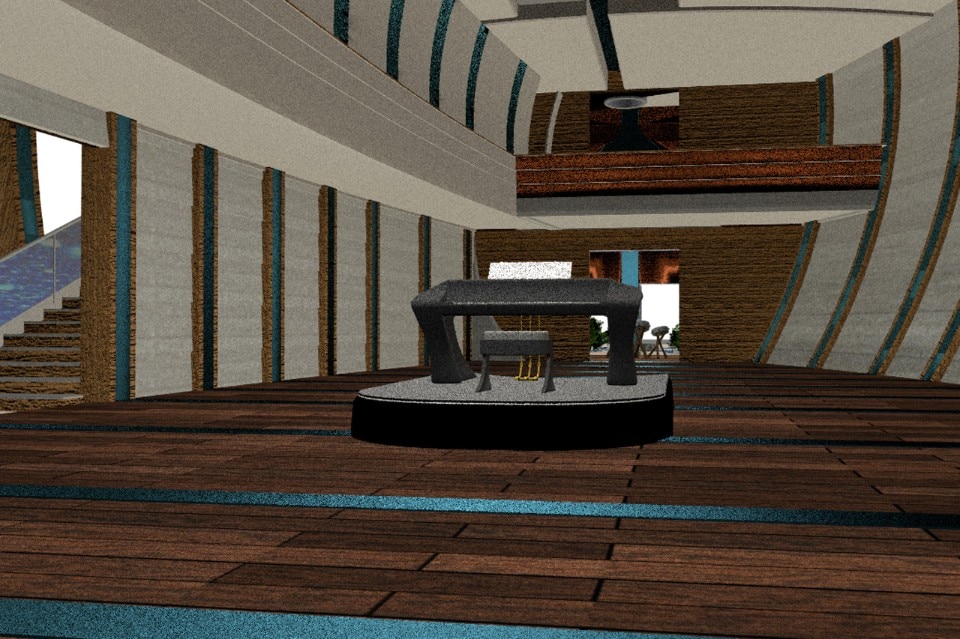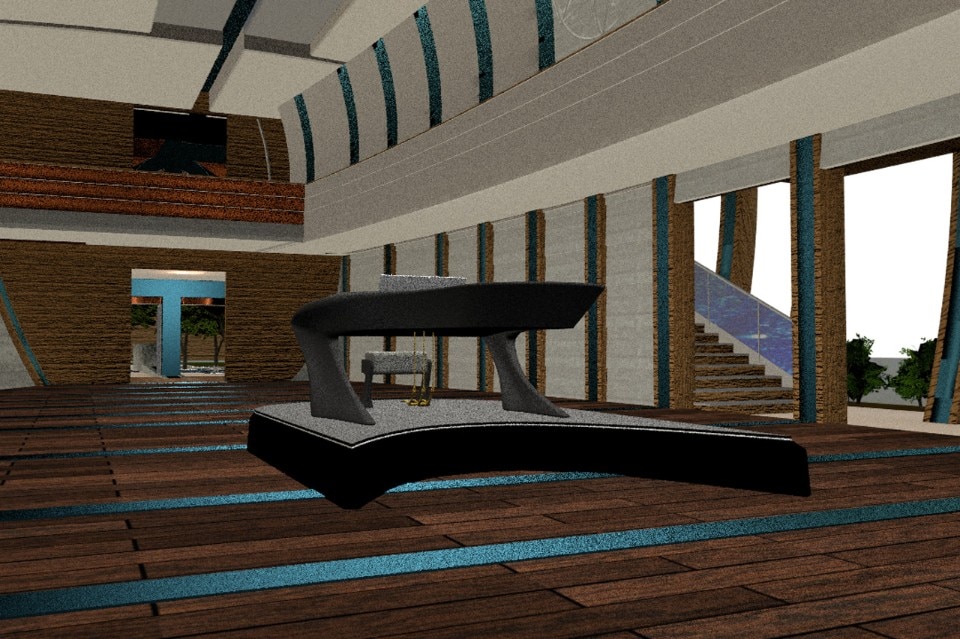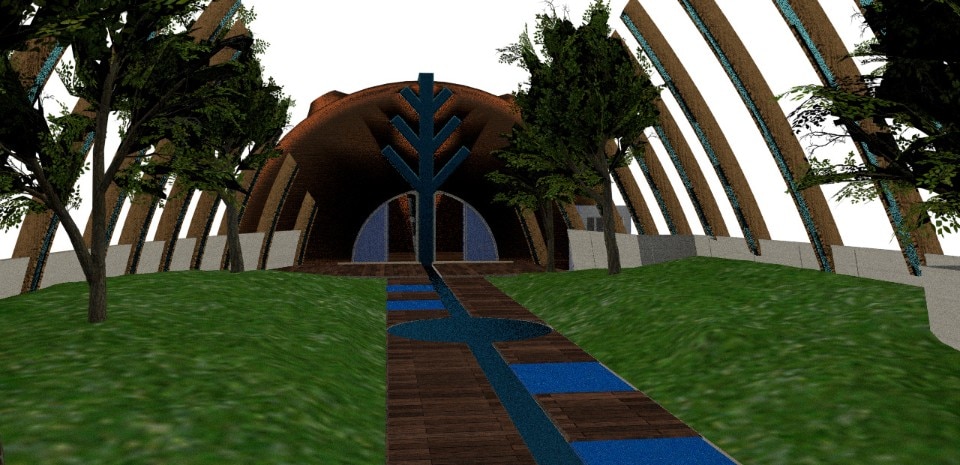

Applied building materials are mainly natural, sustainable materials with small ecological footprints. Also energy and time saving construction methods are used. The building produces no harmful emissions to either air or ground, neither during construction nor operation.
The entire building (save for the foundation) is reusable. As per requirements of the tender, the Pavilion is made up of pre-manufactured, easily transportable elements that can be dis- and reassembled. This means that once the Expo is over, the Hungarian Pavilion will not become waste, but will be rebuilt in Szombathely at the Cavalry Barracks as a research centre.

Alakor, Hungarian Pavilion, Expo Milano 2015
Project Manager: Sándor Sárkány
Architect: Attila Ertsey
Landscape: Ágnes Herczegr
Project supervisor: György Stocker
Interior design: Lajos Tompos e Zsolt Bozsódi
Structures: Mihály Scharer
Plants: Béla Zöld Capo Progettitsta Installatore
Electric plant: Zoltán Tóth
Completion: 2015


